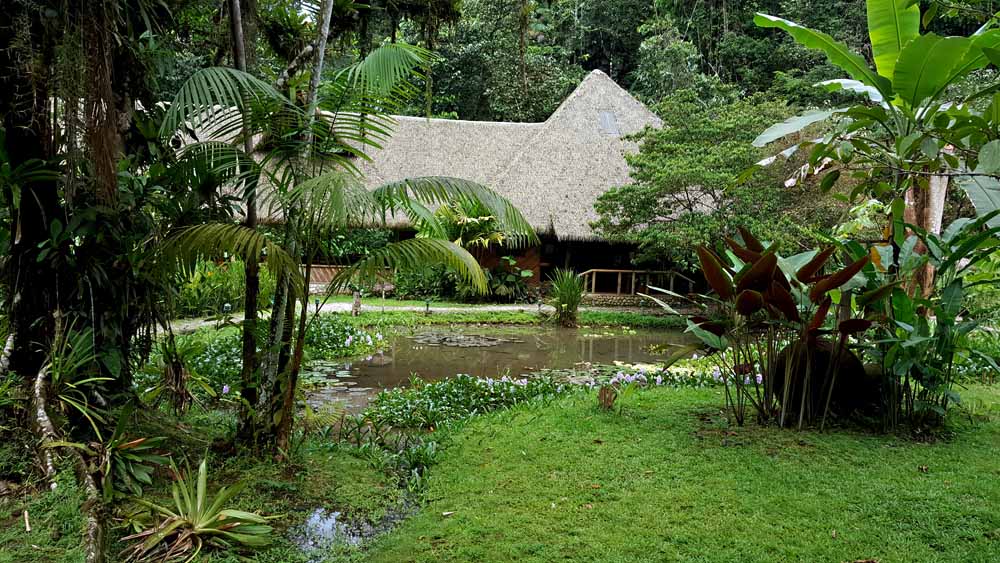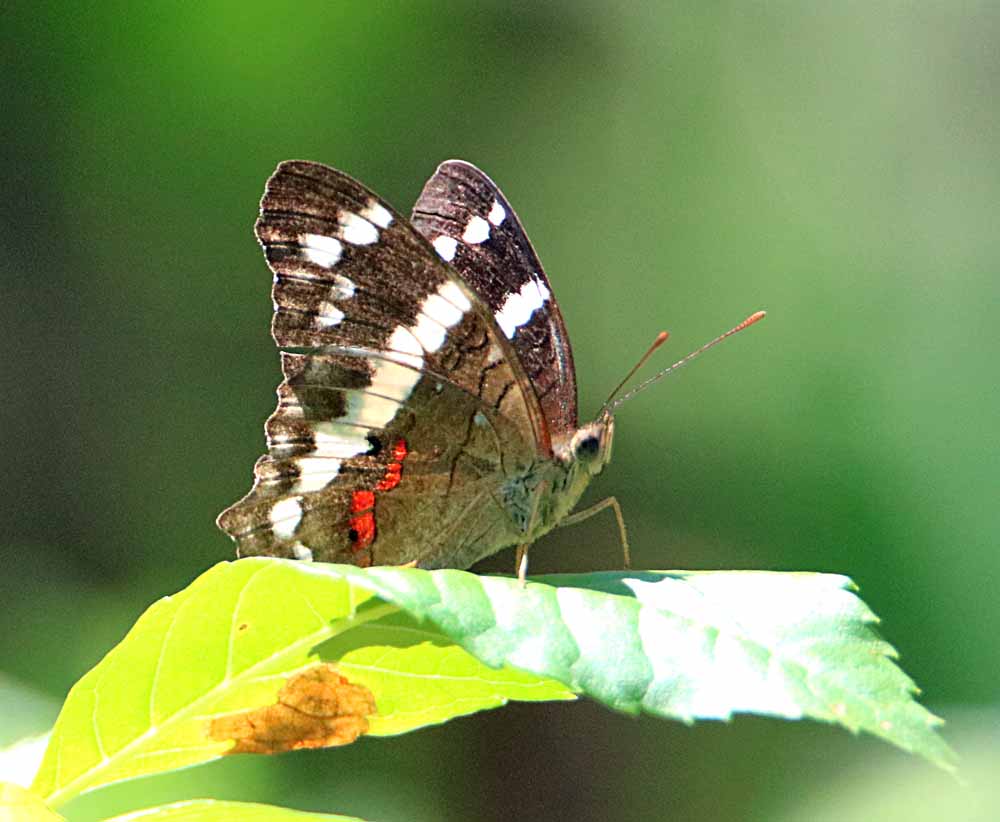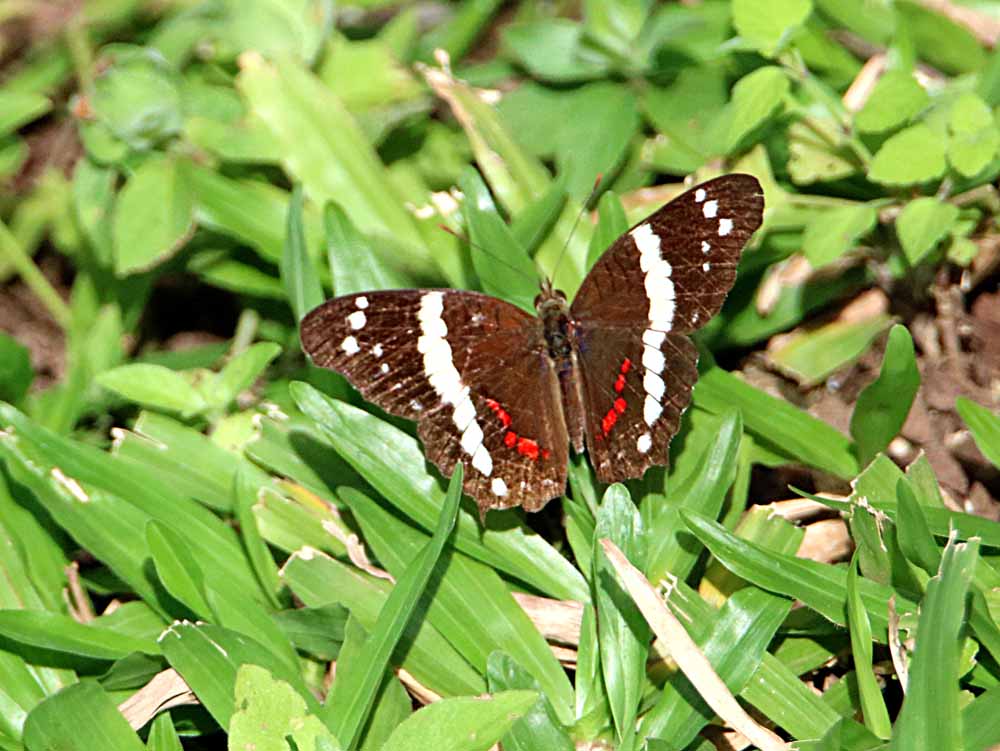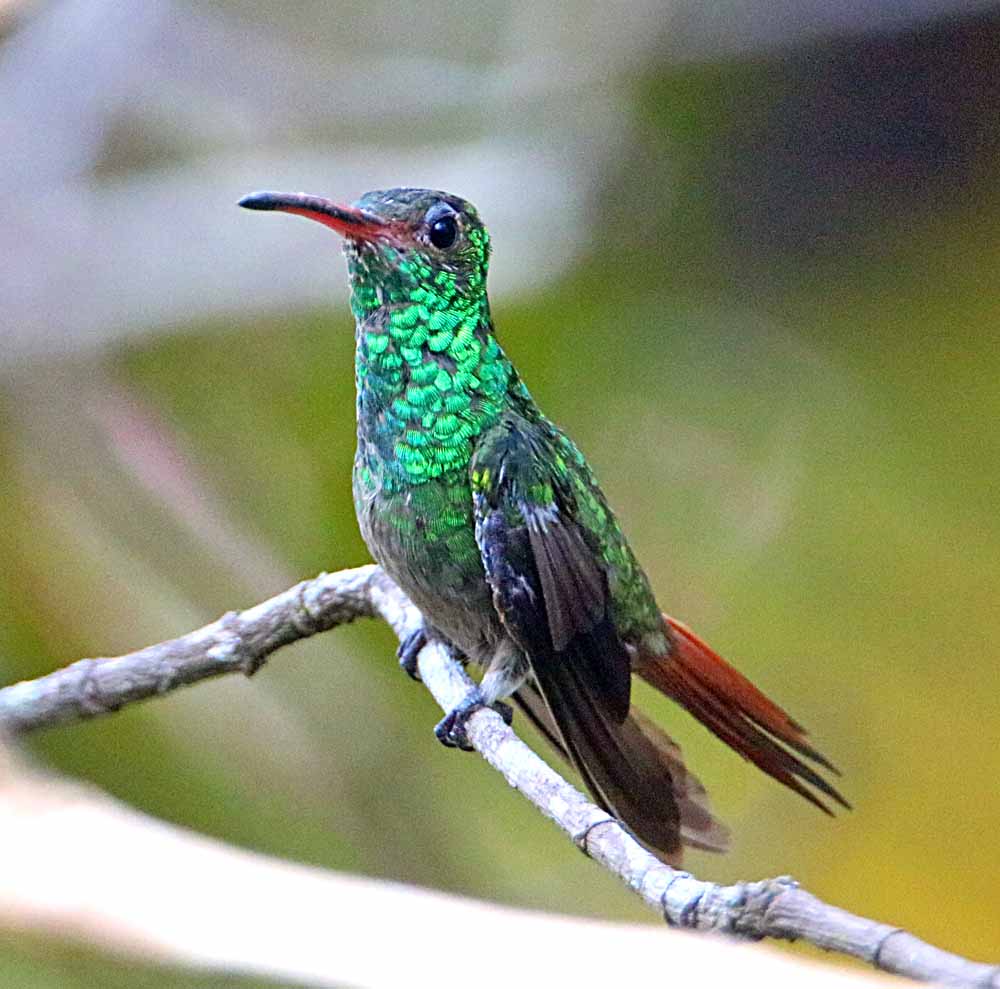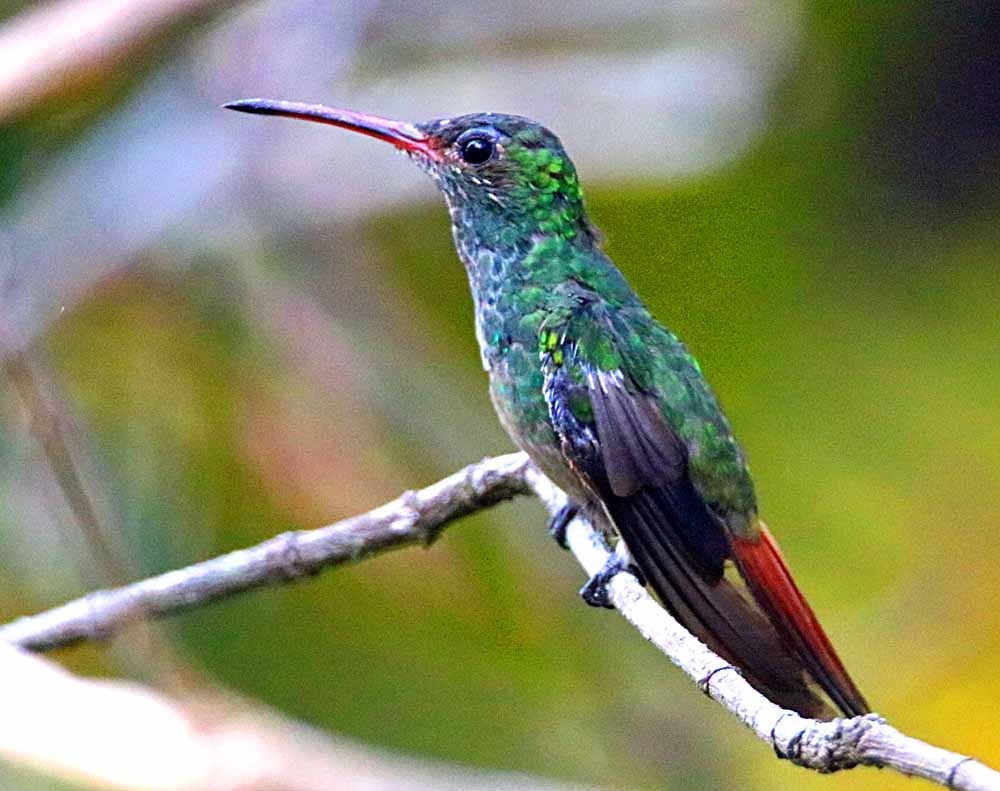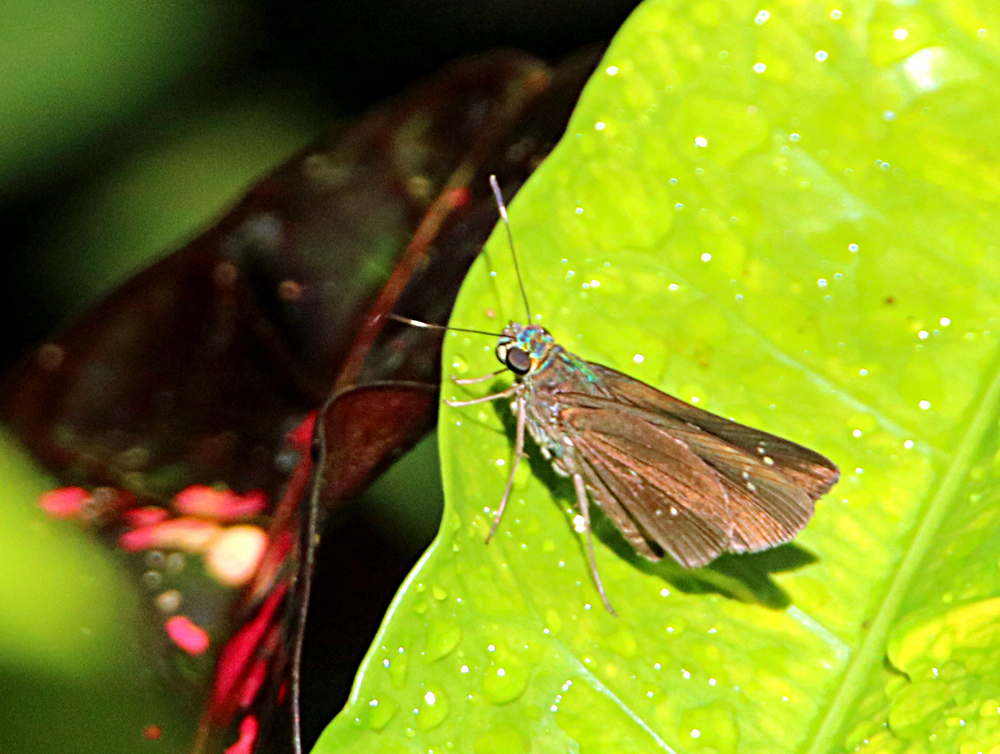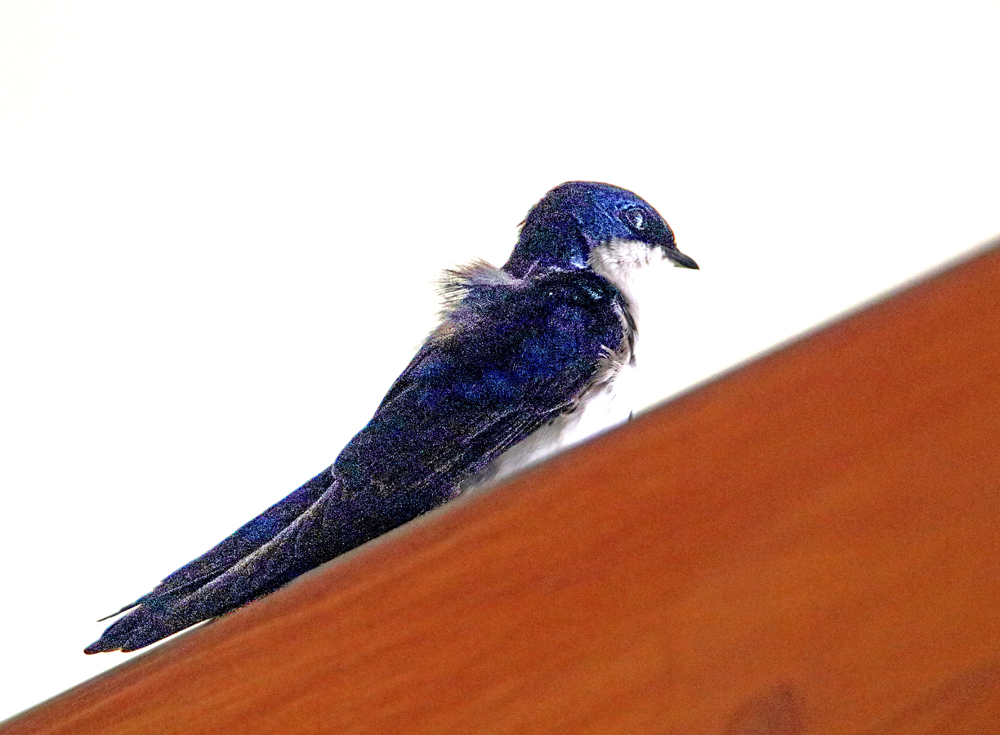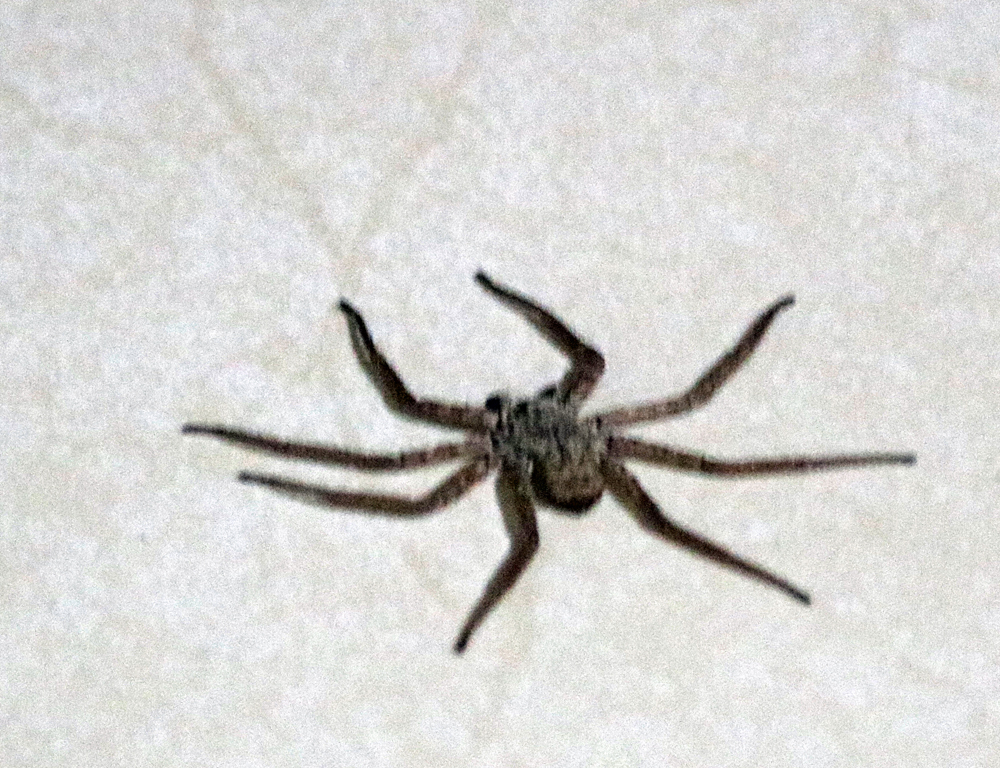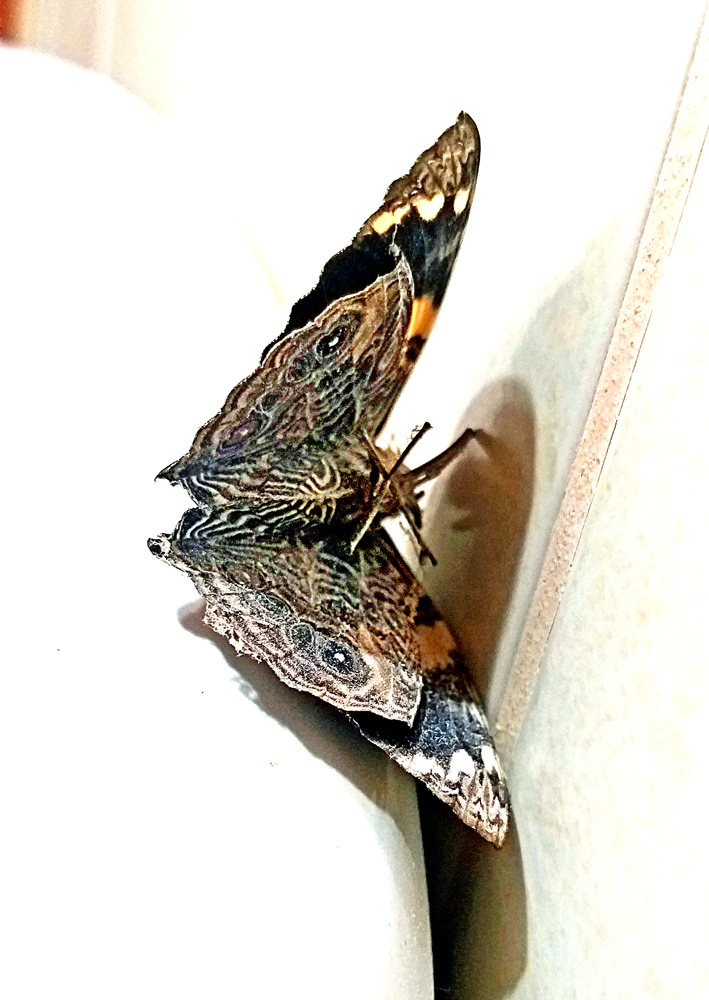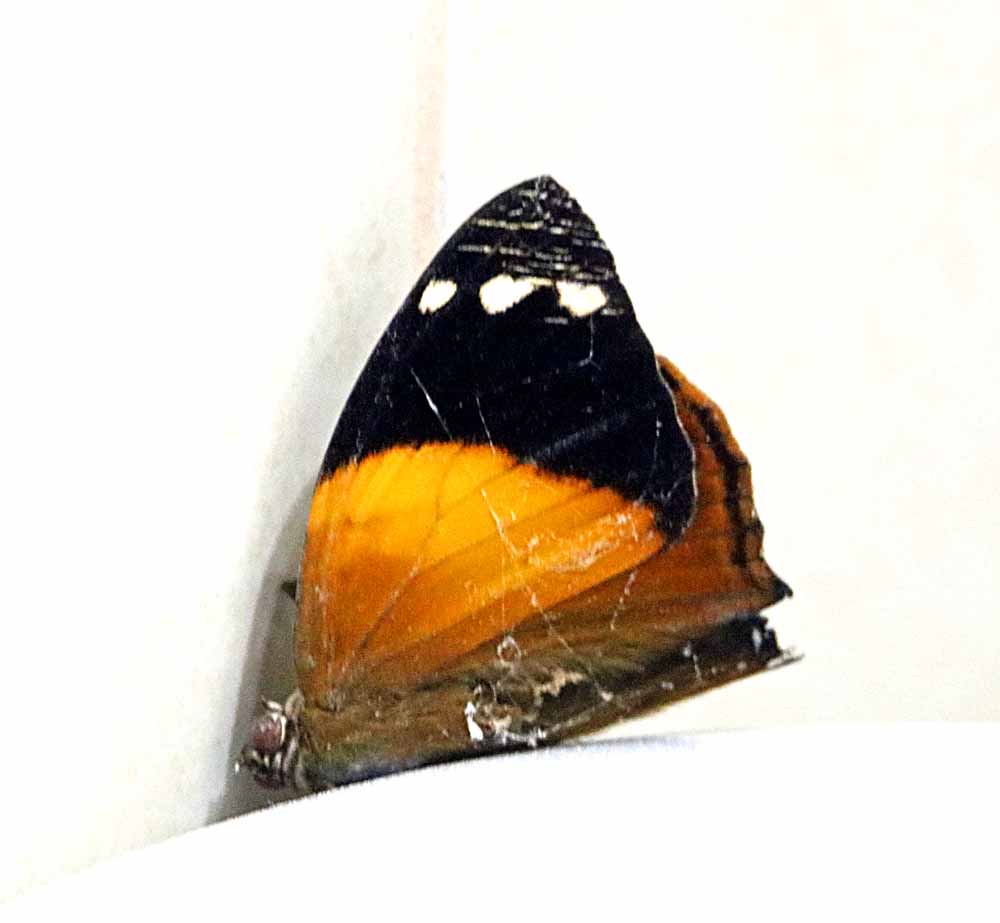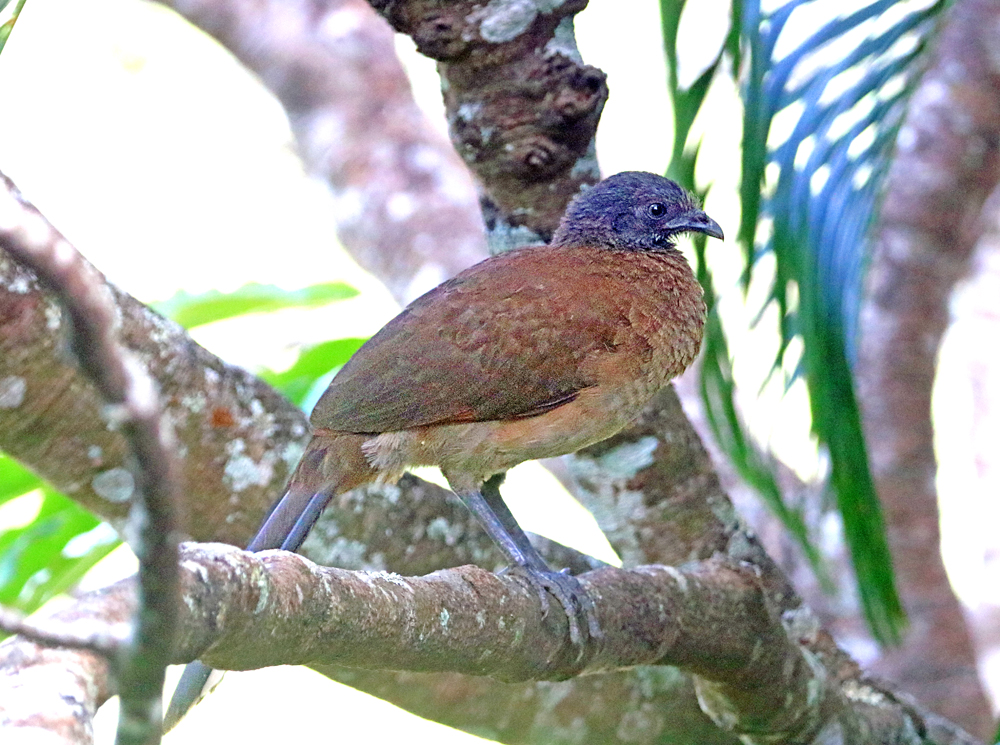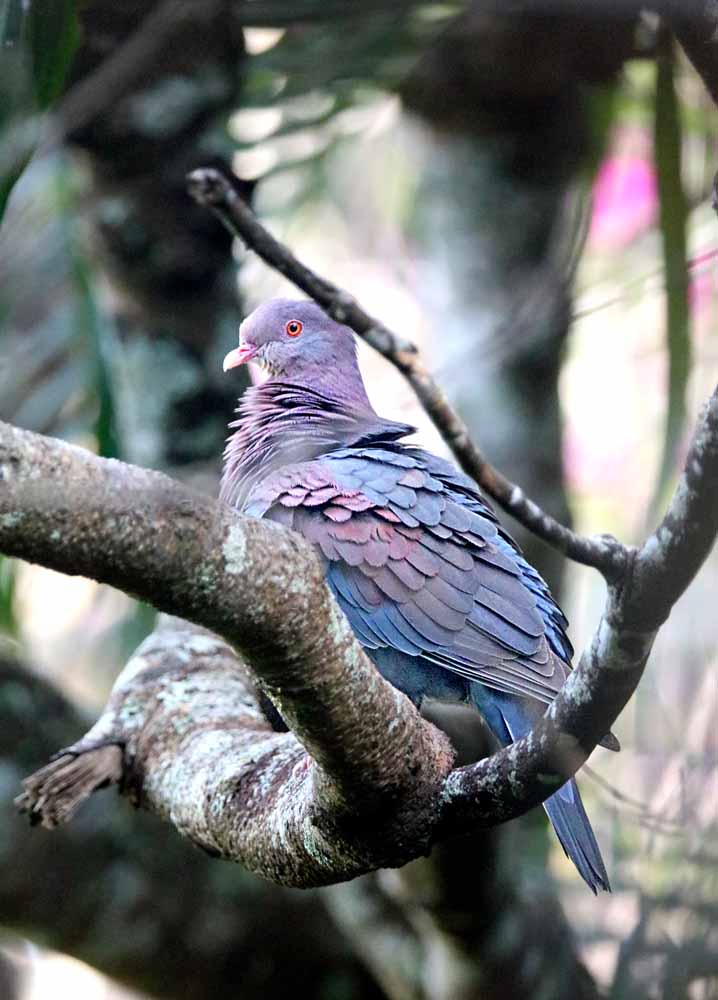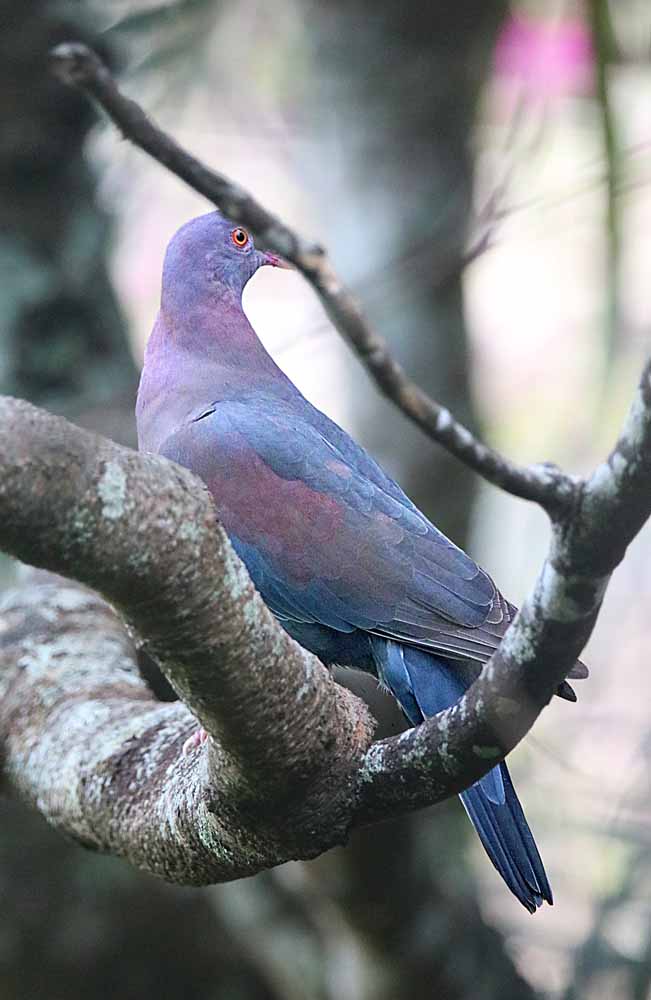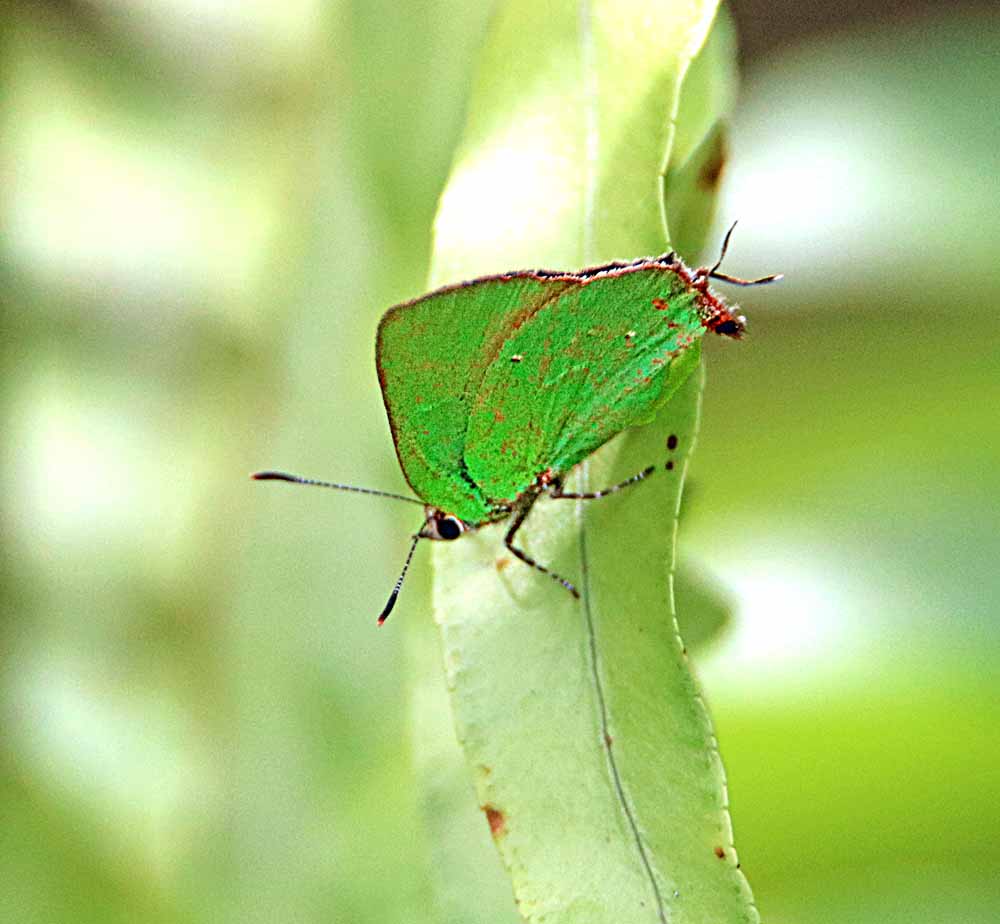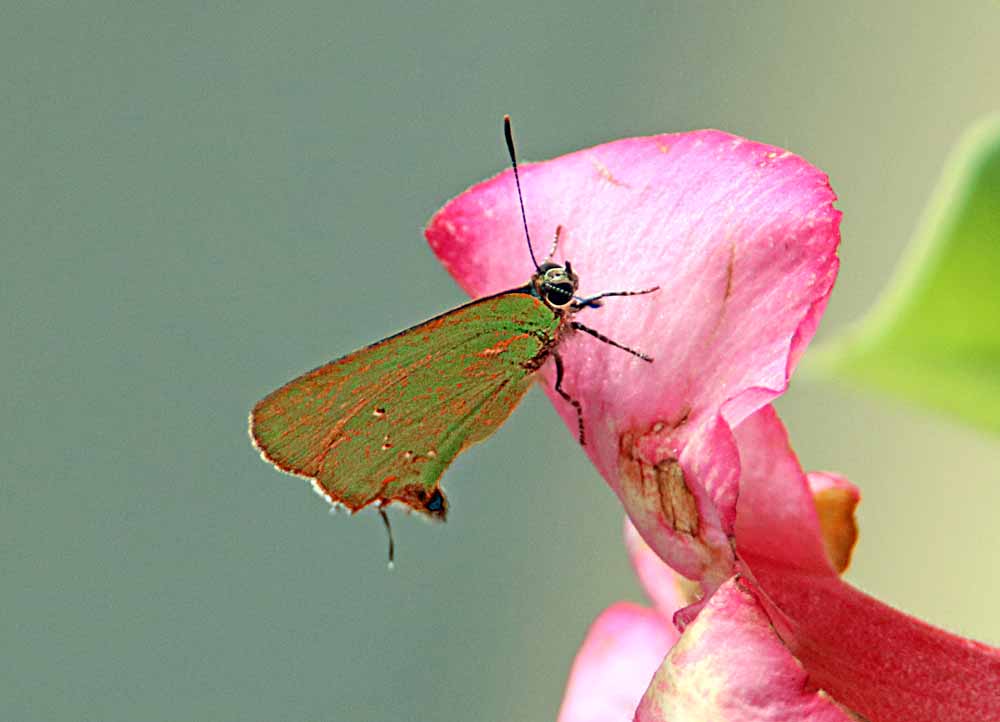As my age, health and increased cost of living here begin to require, I simply need to reduce the big activities, so only 3 trips this year of 4 nights or more, and I may sneak in some day trips or even a 2-nighter at a nearby lodge – we’ll see! 🙂 But I’m still focused on nature and have plans for a few changes in my garden this year. And the three “big” trips are going to be very good, as always! 🙂
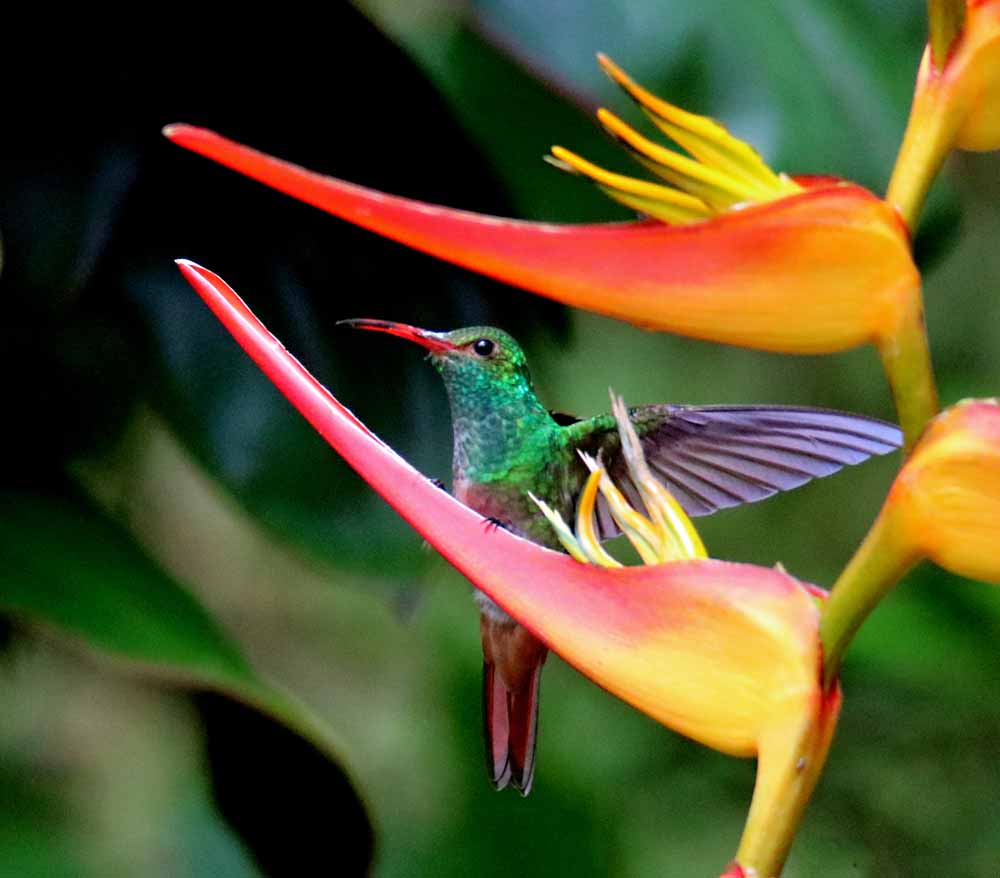
It will be a coastal rainforest jungle in July as I return to Esquinas Rainforest Lodge for my 3rd visit and second time on my birthday! 🙂 Both photos with this post were made at Esquinas Lodge.
Then in September I’m exploring the “Amazon of Costa Rica” again at Tortuguero National Park on the Caribbean Coast instead of my usual Hotel Banana Azul beach trip. I like all the lodges in Tortuguero, but Tortuga Lodge & Gardens gets my vote for the most comfortable with the best food! And I don’t care if it is more expensive! 🙂
Then I finish the year with Christmas at Ballena National Park, Uvita in another favorite lodge, Hotel Cristal Ballena with a room overlooking the Pacific and nightly sunsets! Plus their 30 acre rainforest refuge! 🙂 And “Ballena” = “Whale” in English.
¡Pura Vida!


